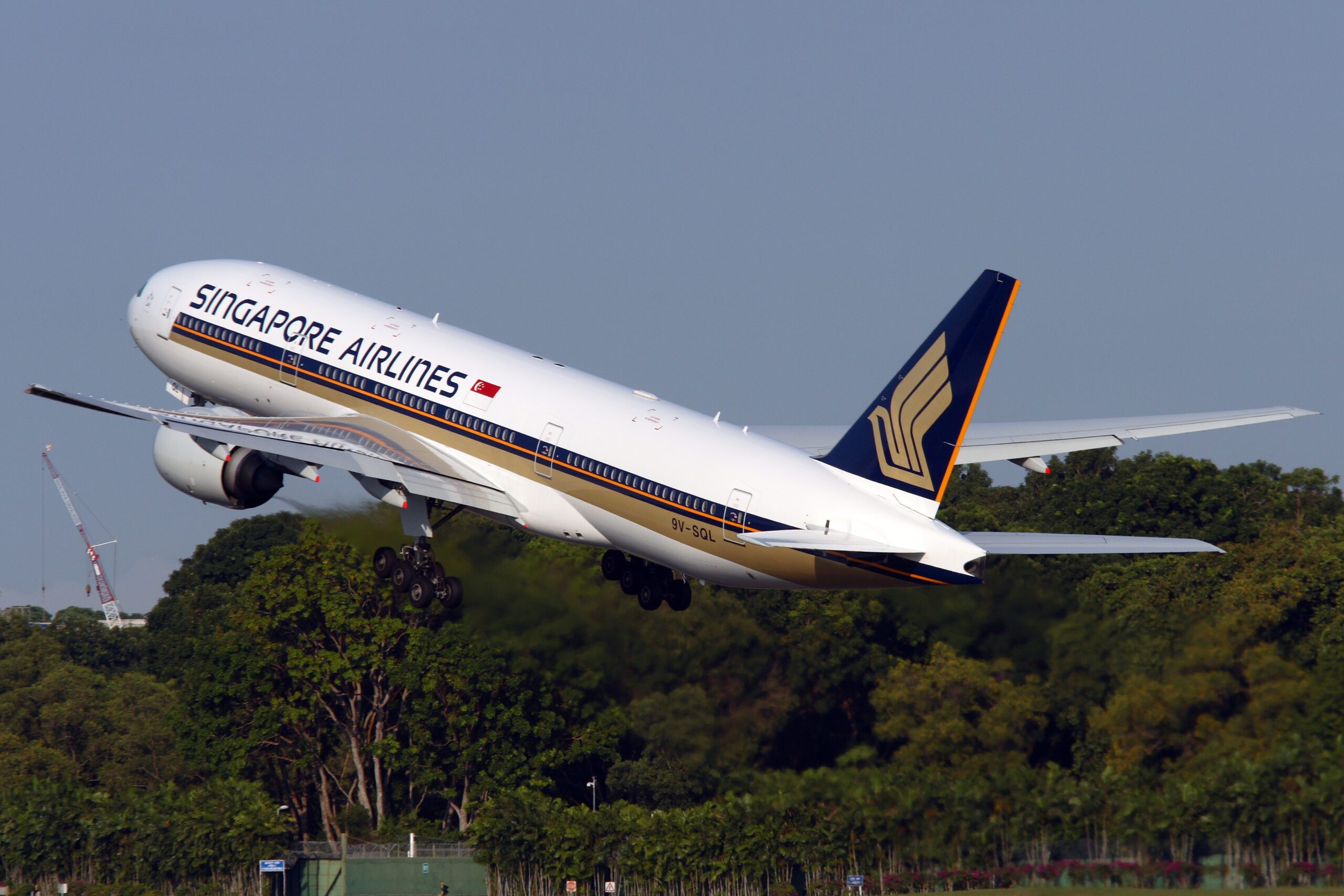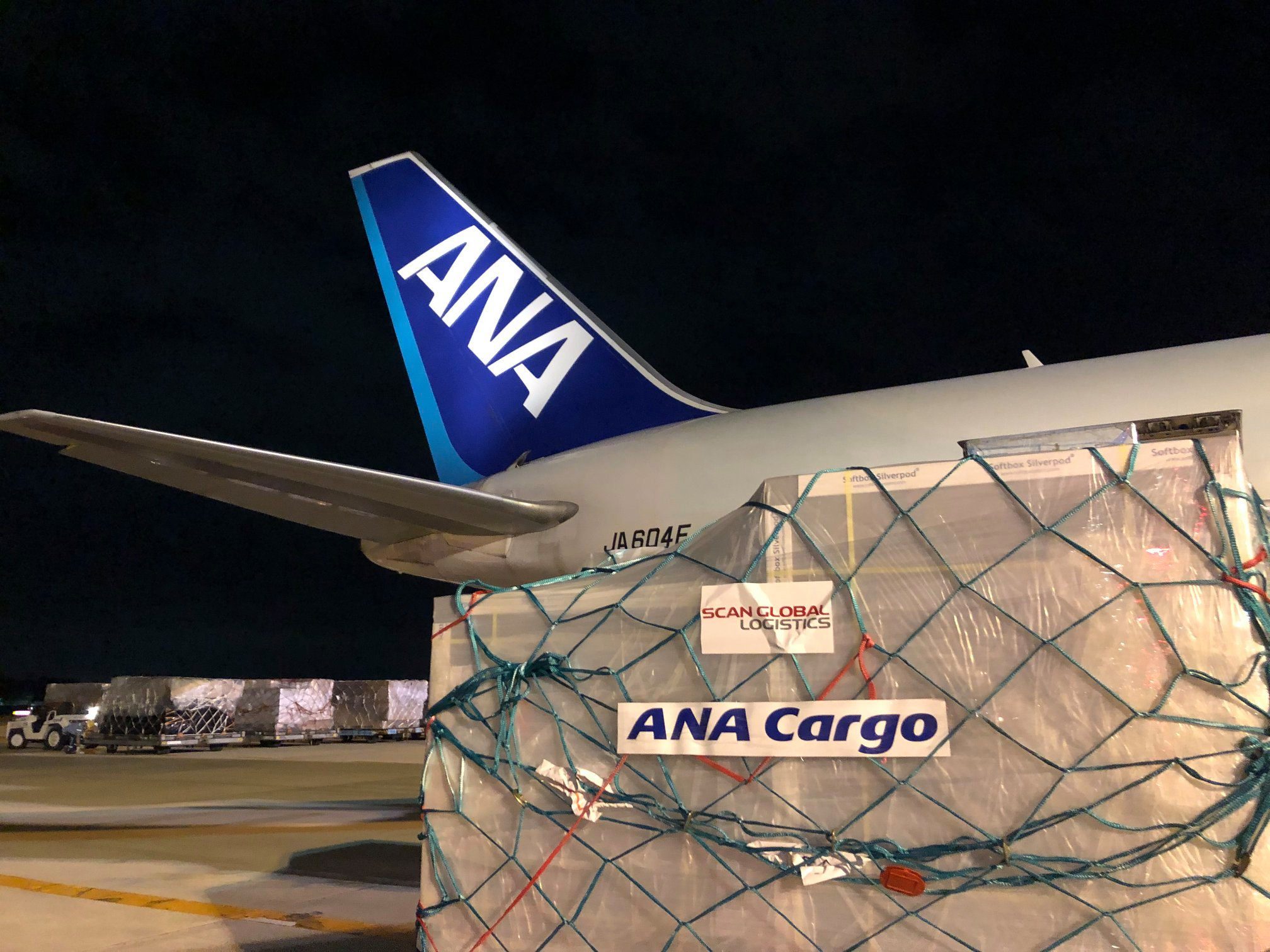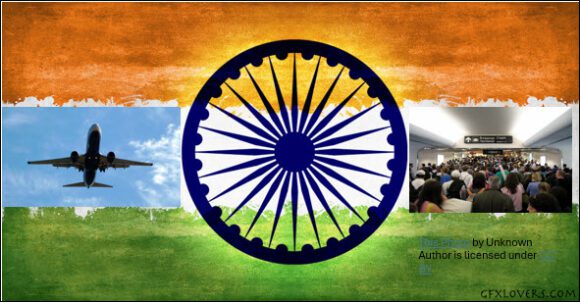
306856105 10160005145203467 8331769625356798201 n
The Association of Asia Pacific Airlines (AAPA) released preliminary financial data revealing a strong recovery for the region’s airlines in 2023. This follows three challenging years of losses due to the COVID-19 pandemic.
The resurgence of travel in 2023, fueled by lifting travel restrictions, played a critical role in the turnaround. International passenger traffic surged by 130.7%, measured in revenue passenger kilometers (RPKs).
Moreover, increasing passenger demand is the key driver of profitability, with the commendable surge in traffic leading to US$8.8 billion in net earnings.

Revenue Climbs, Yields Dip
Overall operating revenue for Asia Pacific airlines jumped by 54.8% to US$198.1 billion, compared to US$128.0 billion in 2022. Due to the surge in passenger traffic, passenger revenue more than doubled, reaching US$151.5 billion.
However, with airlines increasing flight frequencies to meet demand, passenger yields (revenue per passenger kilometer) dropped by 6.7% to 8.6 US cents per RPK.

Cargo Market Decline Amidst Passenger Boom
While passenger traffic soared, the air cargo market witnessed a contrasting trend. International air cargo demand, measured in freight tonne kilometers (FTKs), dipped by 2.8% annually.
This decline in the cargo sector can be attributed to factors such as inflationary pressures, a strong US dollar, and a consequent decrease in demand for goods.
The cargo market downturn resulted in a significant 43.3% decline in cargo revenue, reaching US$21.0 billion in 2023. This decrease reflects weaker trade activity and lower freight rates, as evidenced by the 41.7% drop in cargo yields to 33.6 US cents per FTK.
Despite the decline in revenue, it’s important to note that average cargo yields remained above pre-pandemic levels.

Operating Expenses Rise, But Fuel Costs Partially Mitigated
In 2023, the operating expenses climbed by 30.9% to US$182.6 billion as airlines restored networks and increased flight frequencies. Fuel expenditure rose by 41.5% to US$57.7 billion.
This increase in expenditure was partially offset by a 20.0% decrease in global jet fuel prices to an average of US$113.4 per barrel. However, the share of fuel expenditure as a percentage of total operating costs still rose by 2.4 percentage points to 31.6%.
Non-fuel costs increased by 26.5% to US$124.9 billion, primarily due to higher staff expenses, landing fees, and en-route charges.

Positive Outlook Despite Challenges
Commenting on the results, Mr. Subhas Menon, AAPA Director General, highlighted the turnaround from steep losses during the pandemic. He emphasized the significant operating profit margin of 7.8% achieved in 2023, compared to -9.3% in 2022.
Mr. Menon acknowledged airlines’ challenges, including supply chain constraints delaying additional capacity deployment and persistent cost pressures.
However, he remains optimistic about the future, citing strong global air travel demand and a potential resurgence in the air cargo market. Asia Pacific airlines must proactively open new routes, manage costs, and prioritize safety and sustainability.
Views: 3



